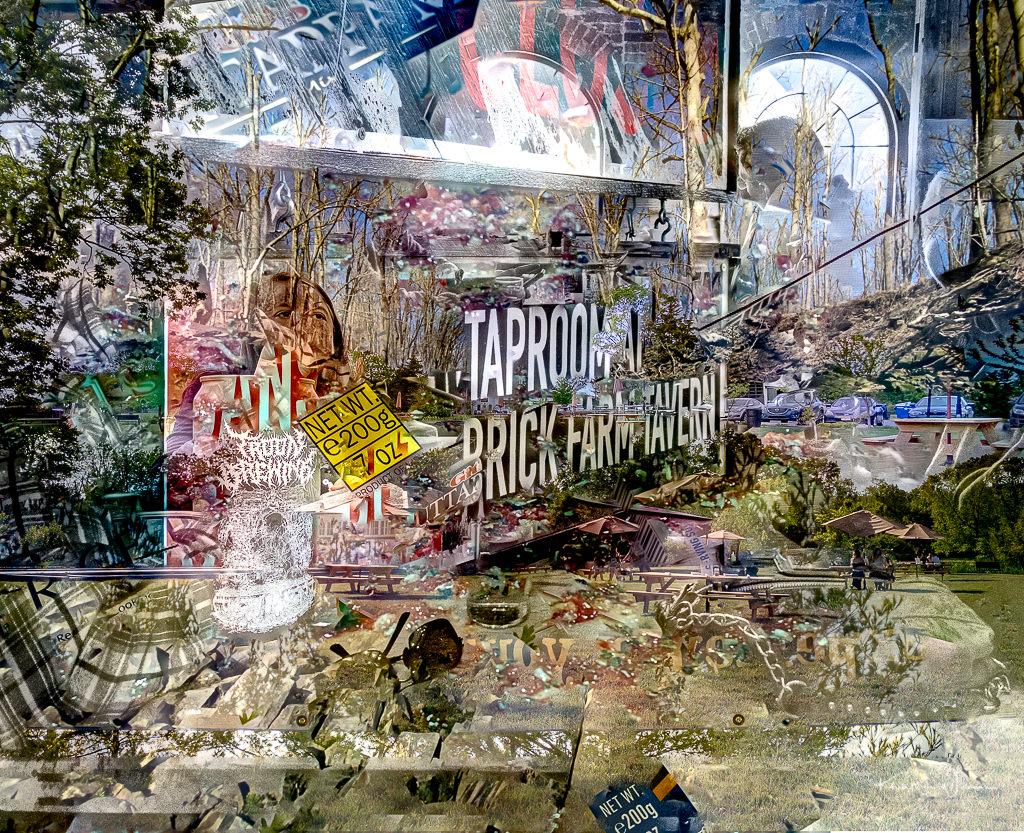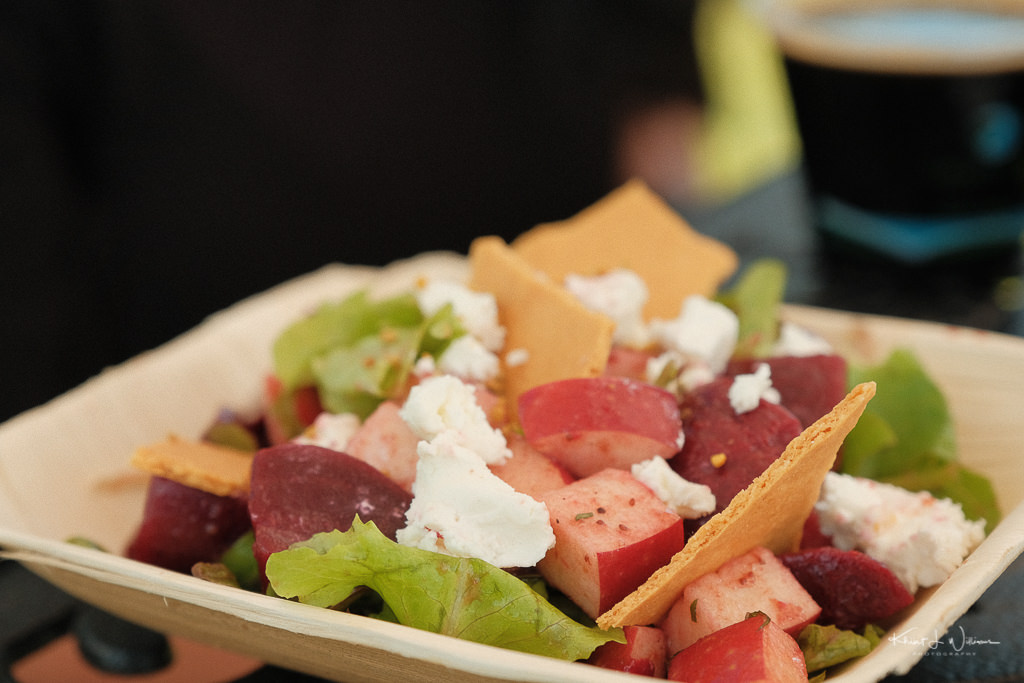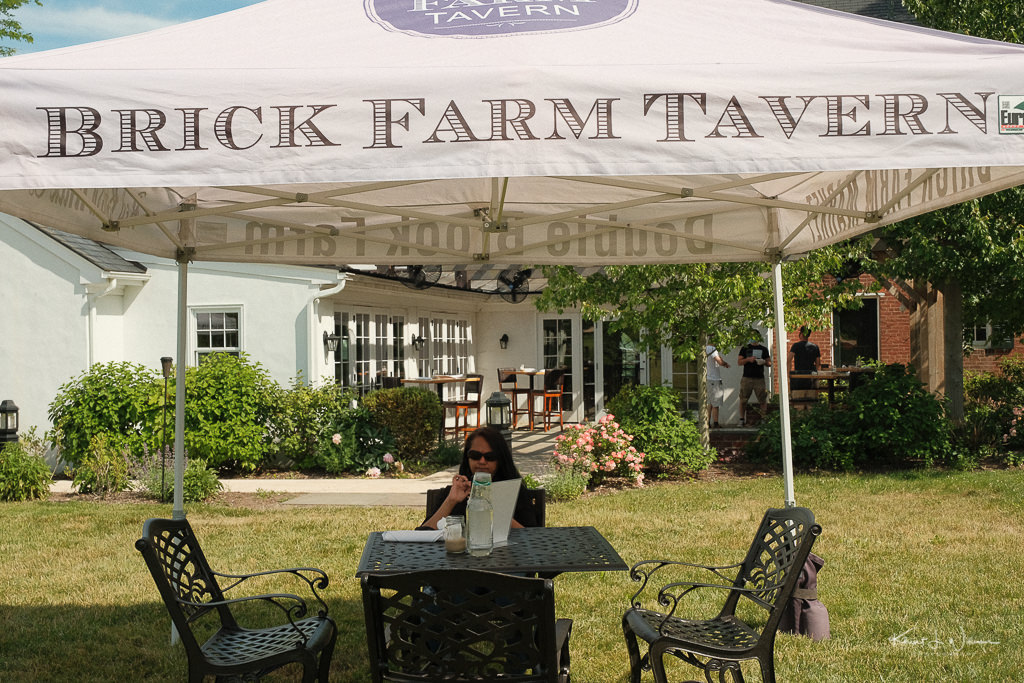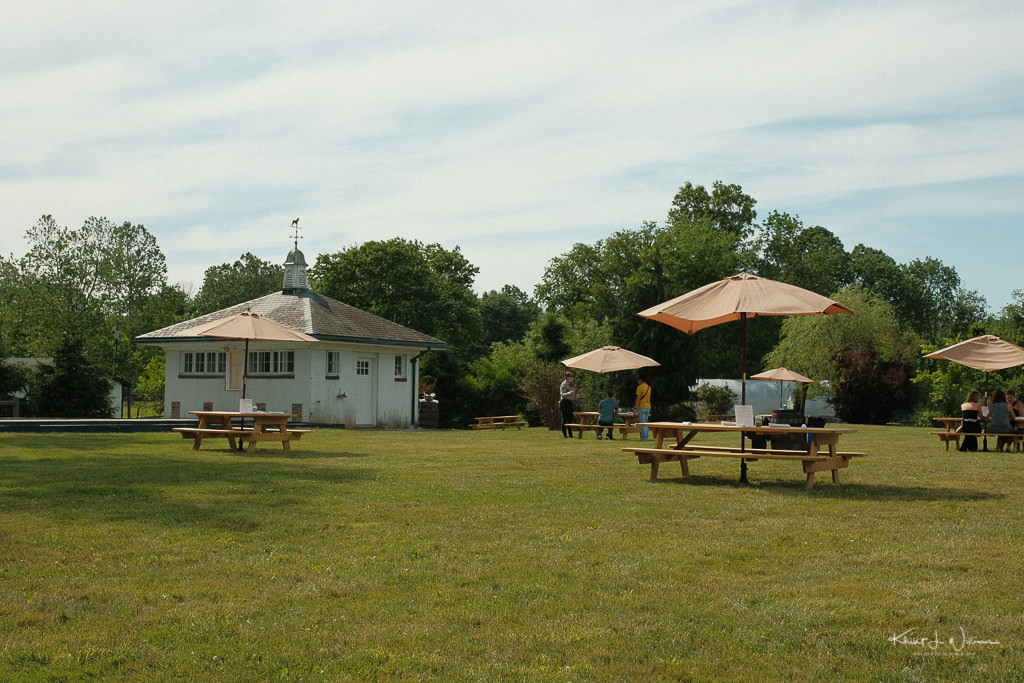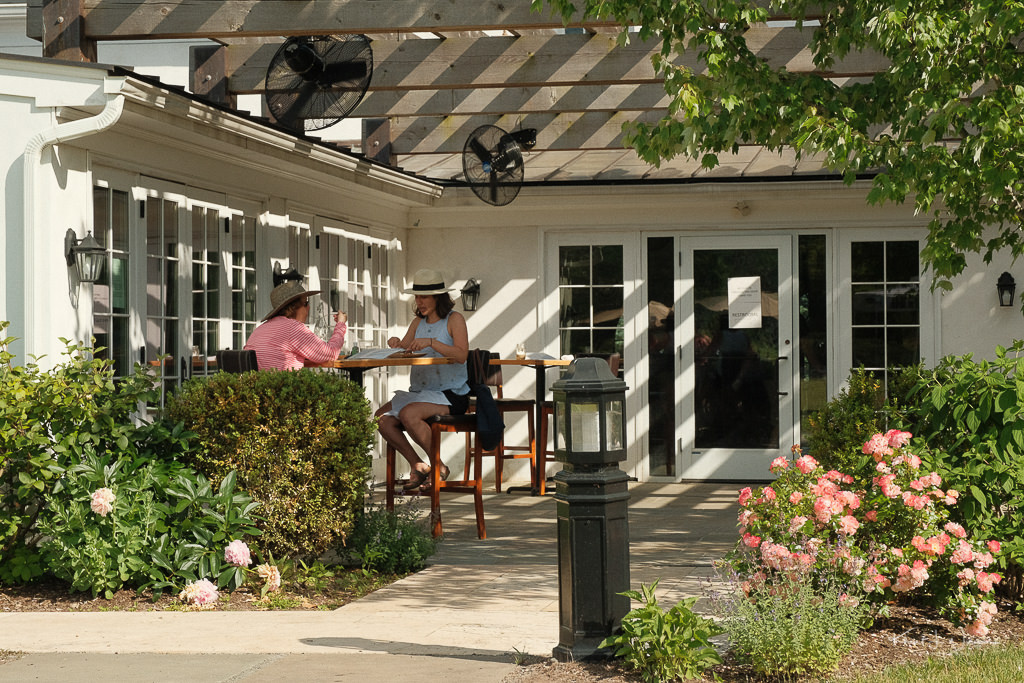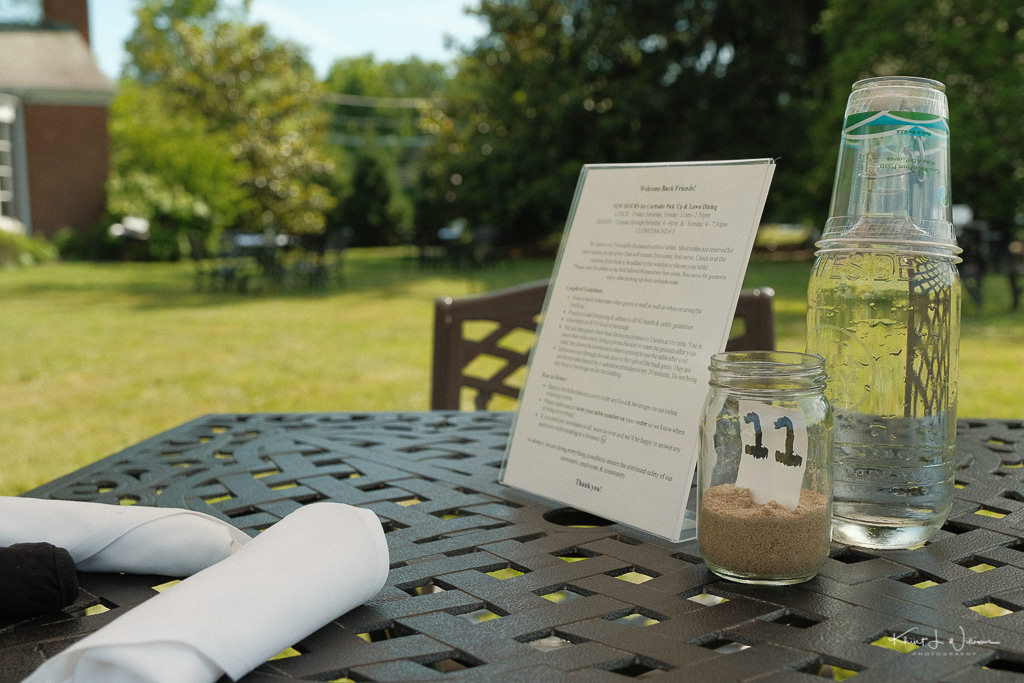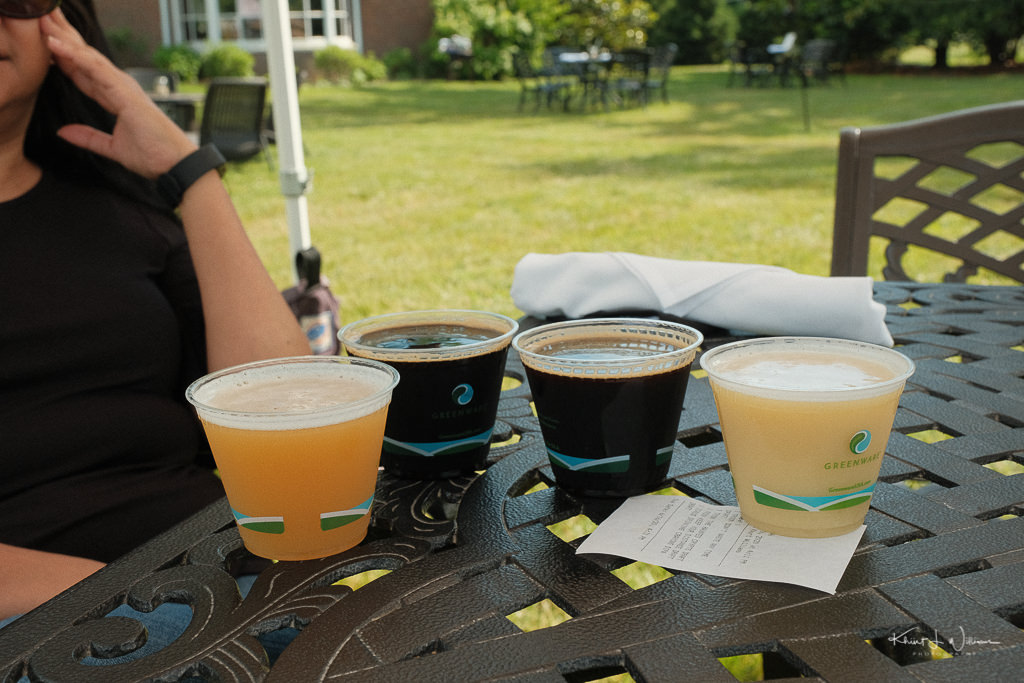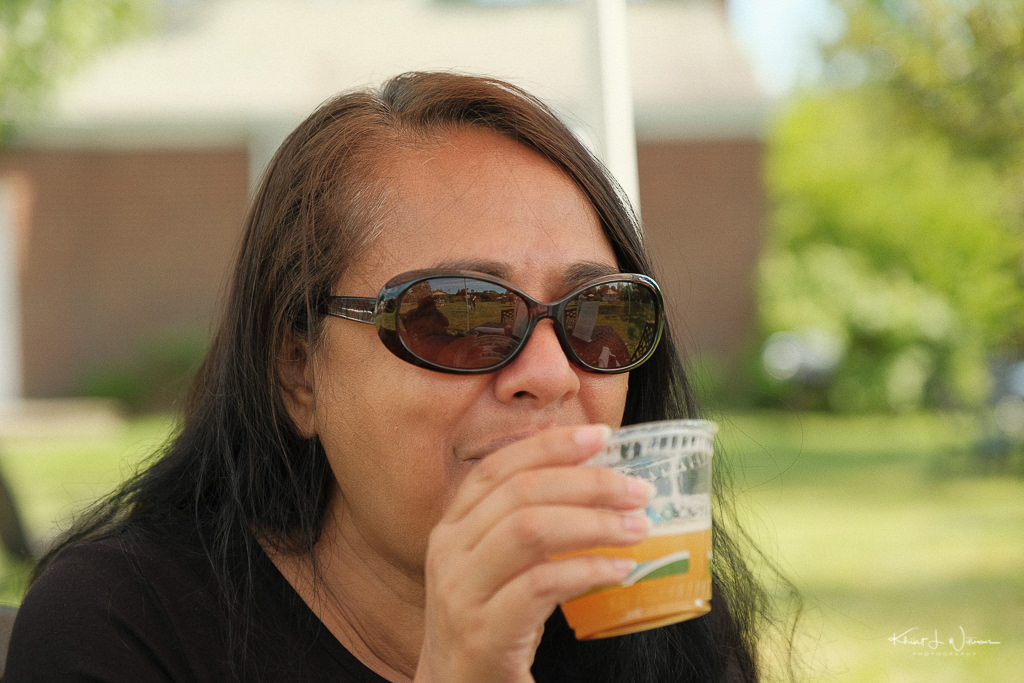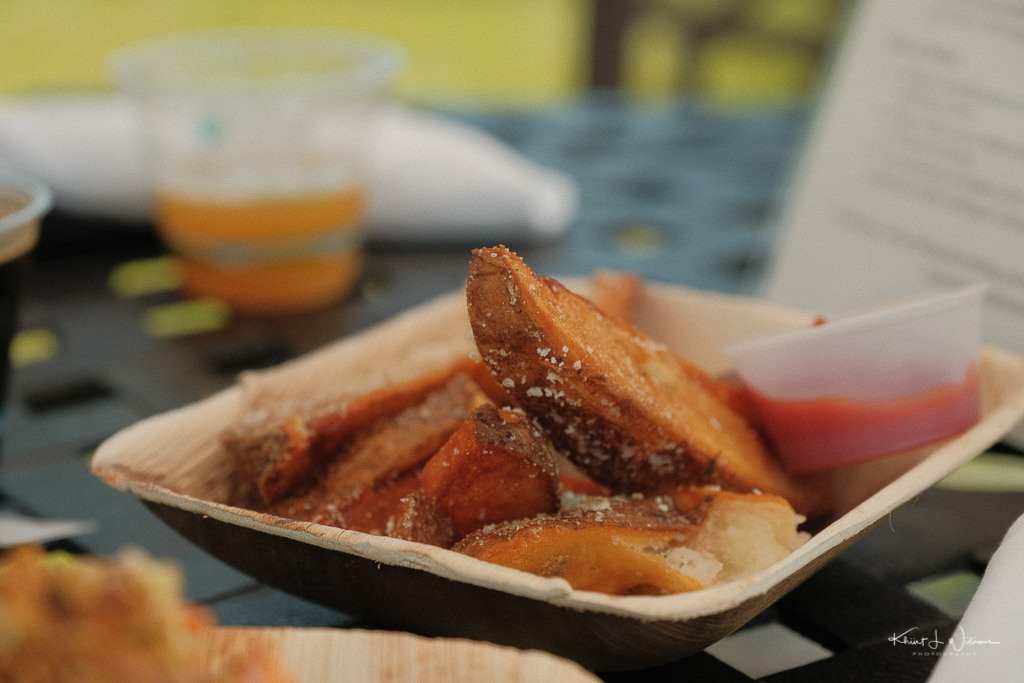For the eleventh instalment of the Film Simulation Challenge, I chose Ritchie's Kodak Ektar 100 Film Simulation Recipe. The goal of the challenge is to use the same settings for 24 or 36 exposures, similar to shooting a roll of film. This particular film simulation recipe is intended to imitate the look of Kodak Ektachrome 100SW film. I “loaded” this “film” into my Fujifilm X-T2.
Another hot, humid day of al fresco dining at the Brick Farm Tavern provided the opportunity to try this film simulation.
Ektar is a color negative film made by Kodak. It’s known for vibrant colors, high contrast and fine grain, and, even though it is a negative film, it is more like reversal (slide) film. I would say that, while the results aren’t 100% identical, there are a lot of similarities between Ektar 100 and Ektachrome 100VS. In fact, when Kodak discontinued Ektachrome 100VS, they recommended Ektar 100 as the closest film.
Ektar is ideal for vibrant landscapes or any situation where you want lots of contrast and saturated colors. It’s not usually one’s first choice for portrait photography because skin tones can be off. Some people use it extensively for portraits, but the general advice is to use Ektar for everything other than people pictures. I’ve shot a few rolls of it in the past, but it’s been probably seven or eight years.
I am not a fan of this film simulation. I'm not too fond of the noticeable red cast in the images, especially in the skin tones. Perhaps I prefer my images on the cooler side.
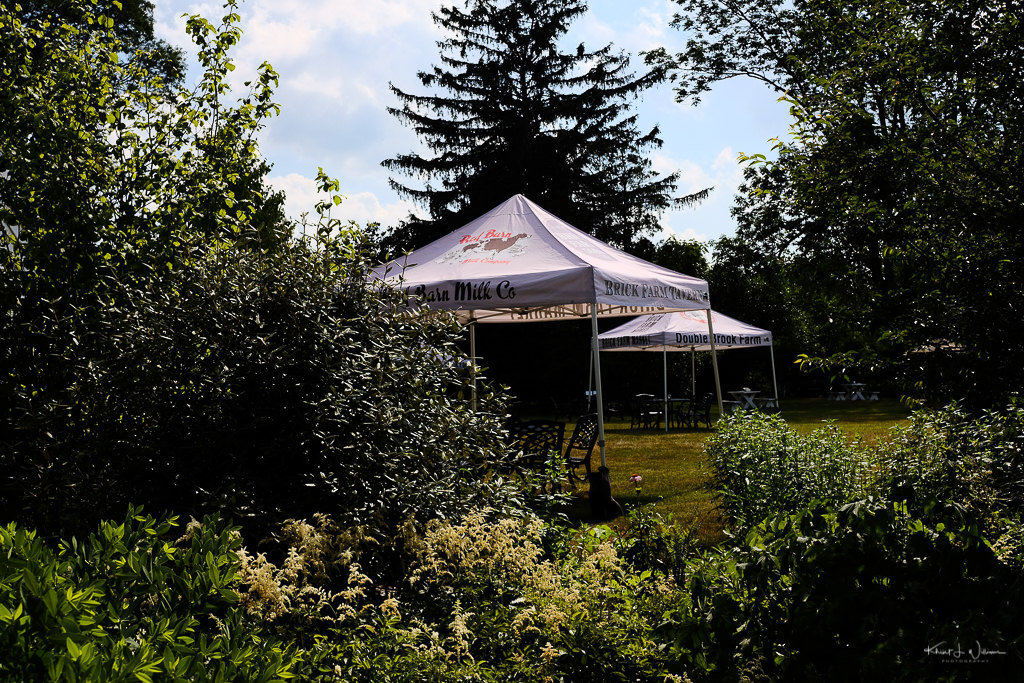

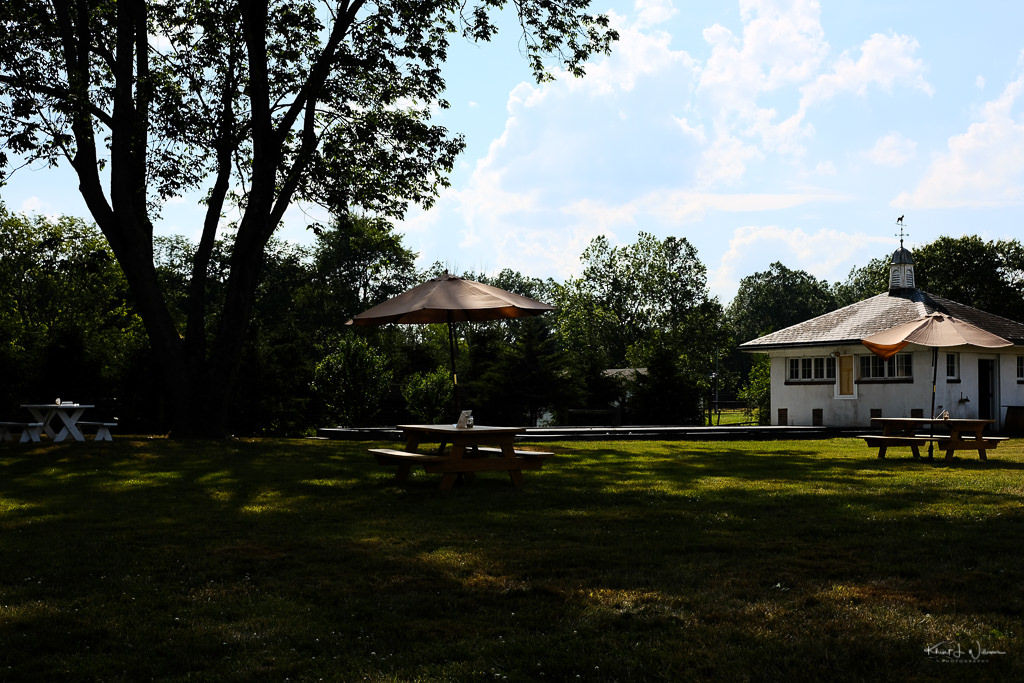
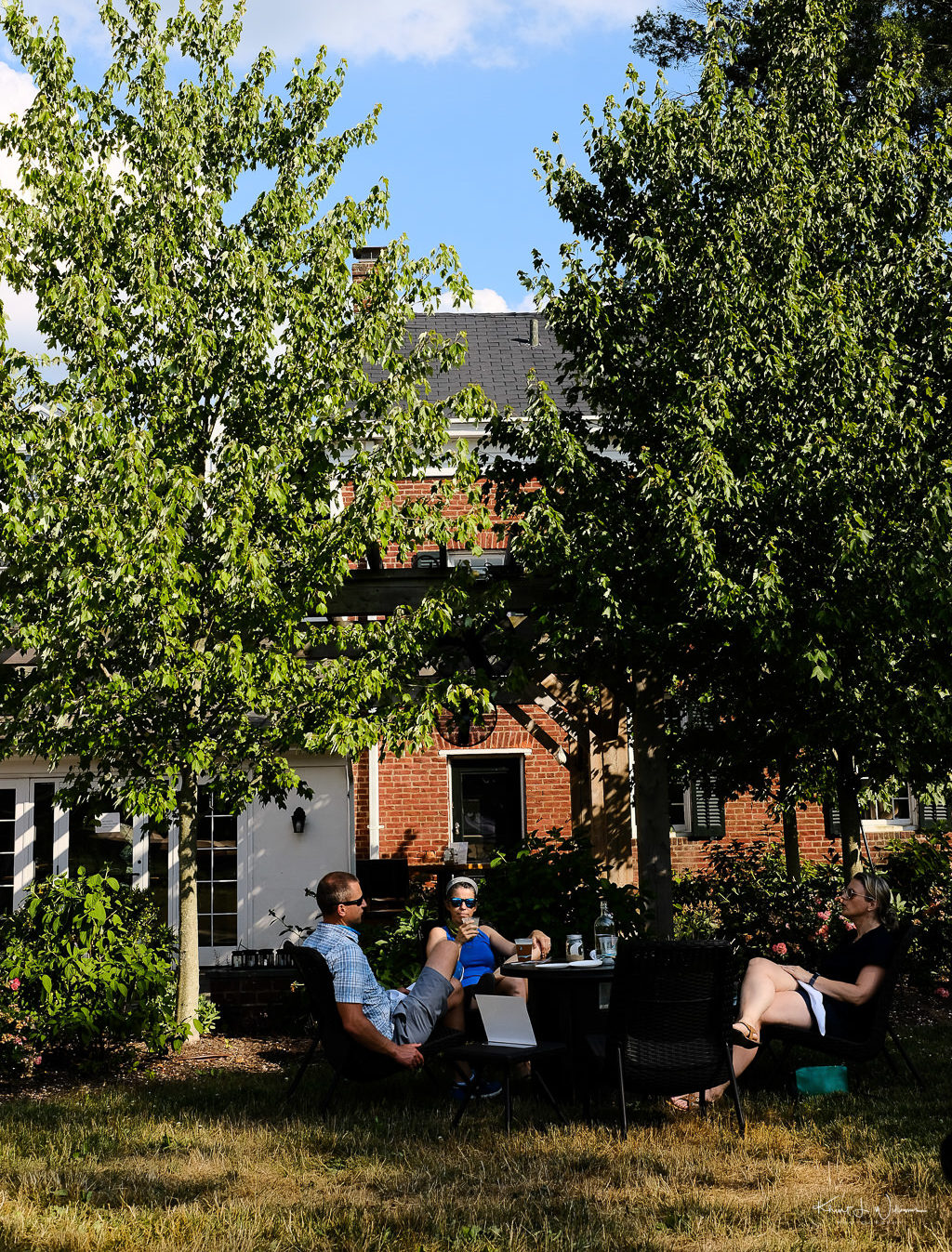
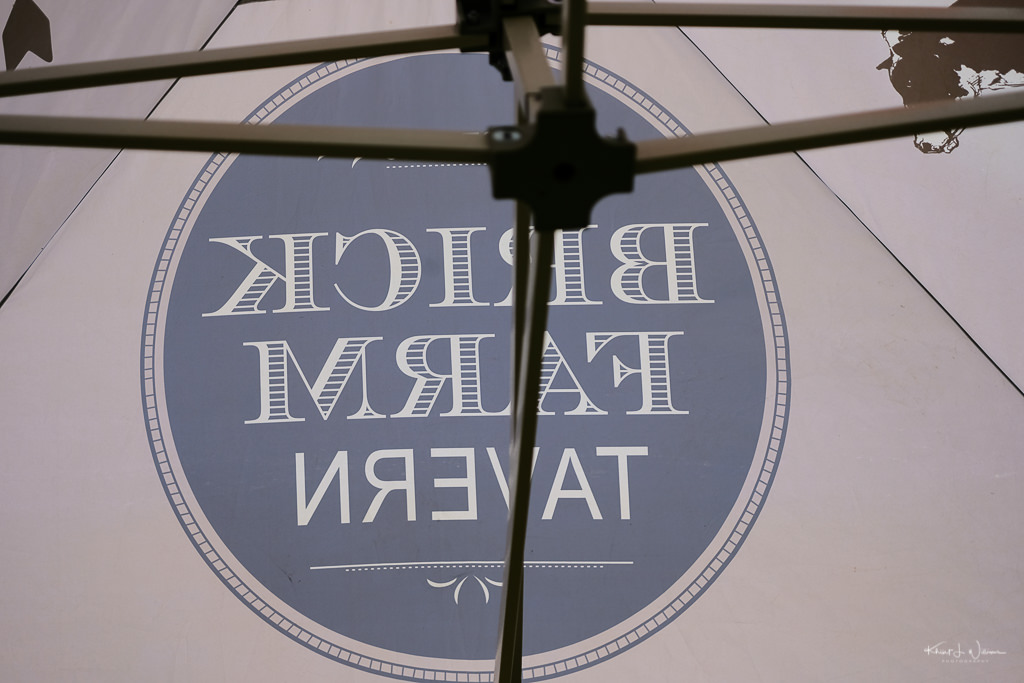
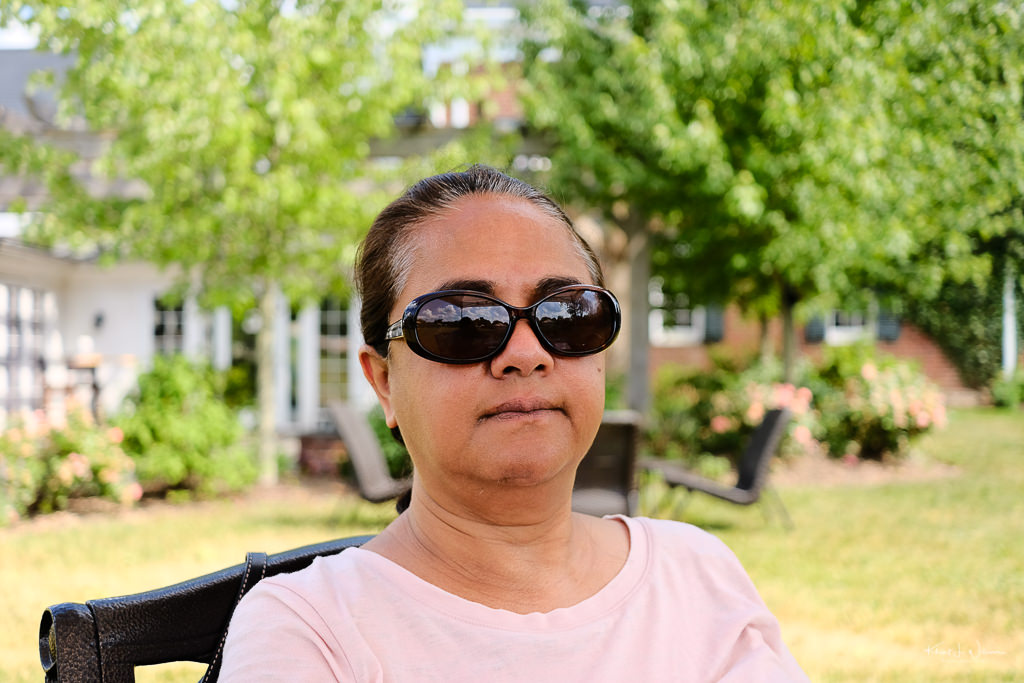
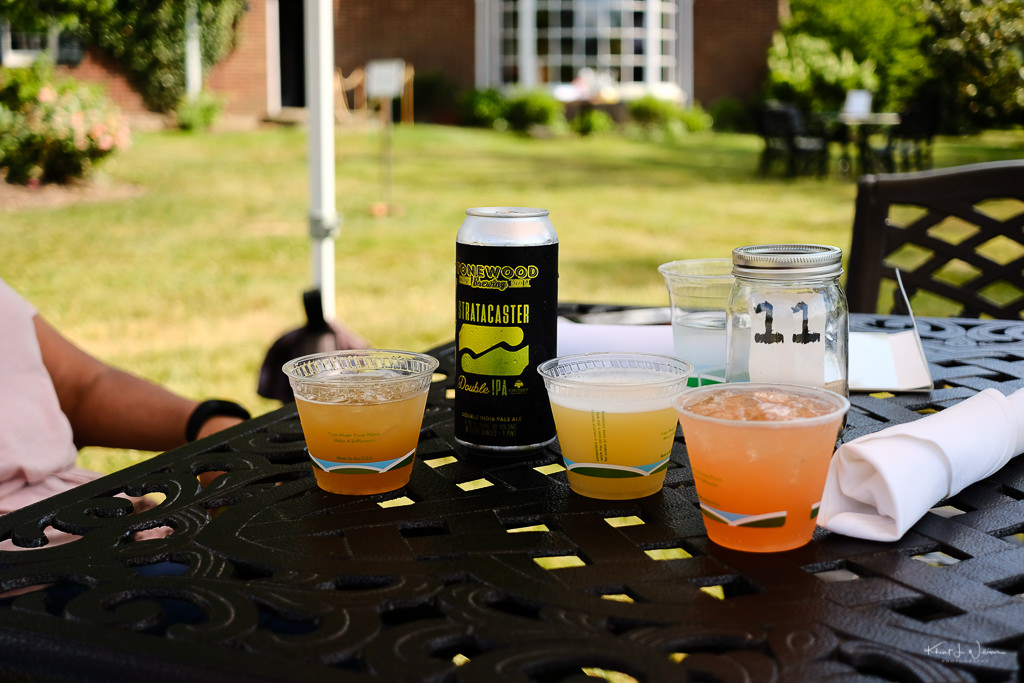
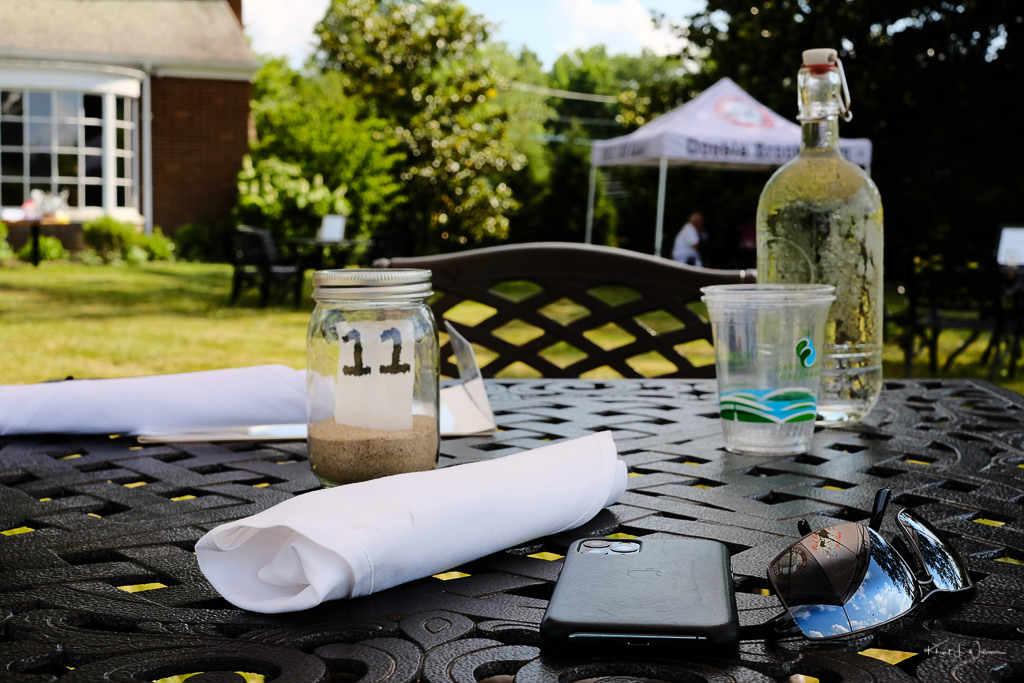
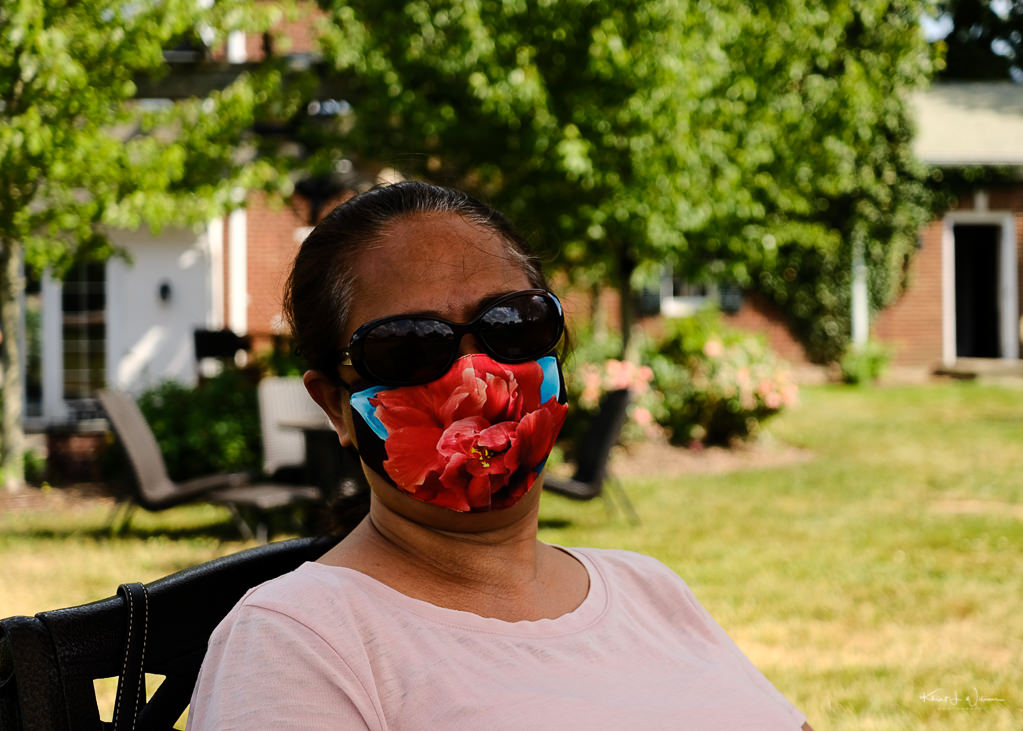
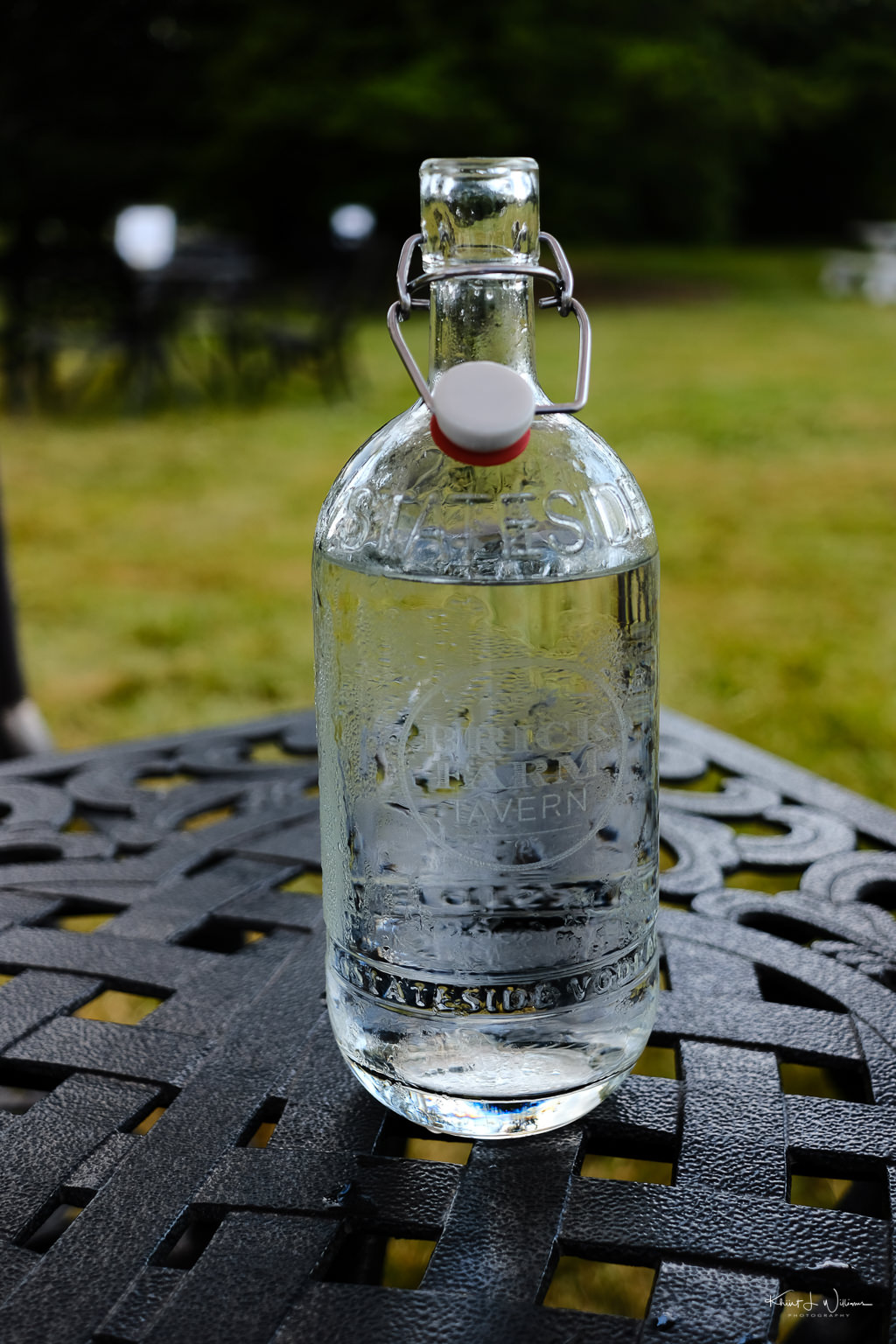
Submitted as part of the 100DaysToOffload project.
